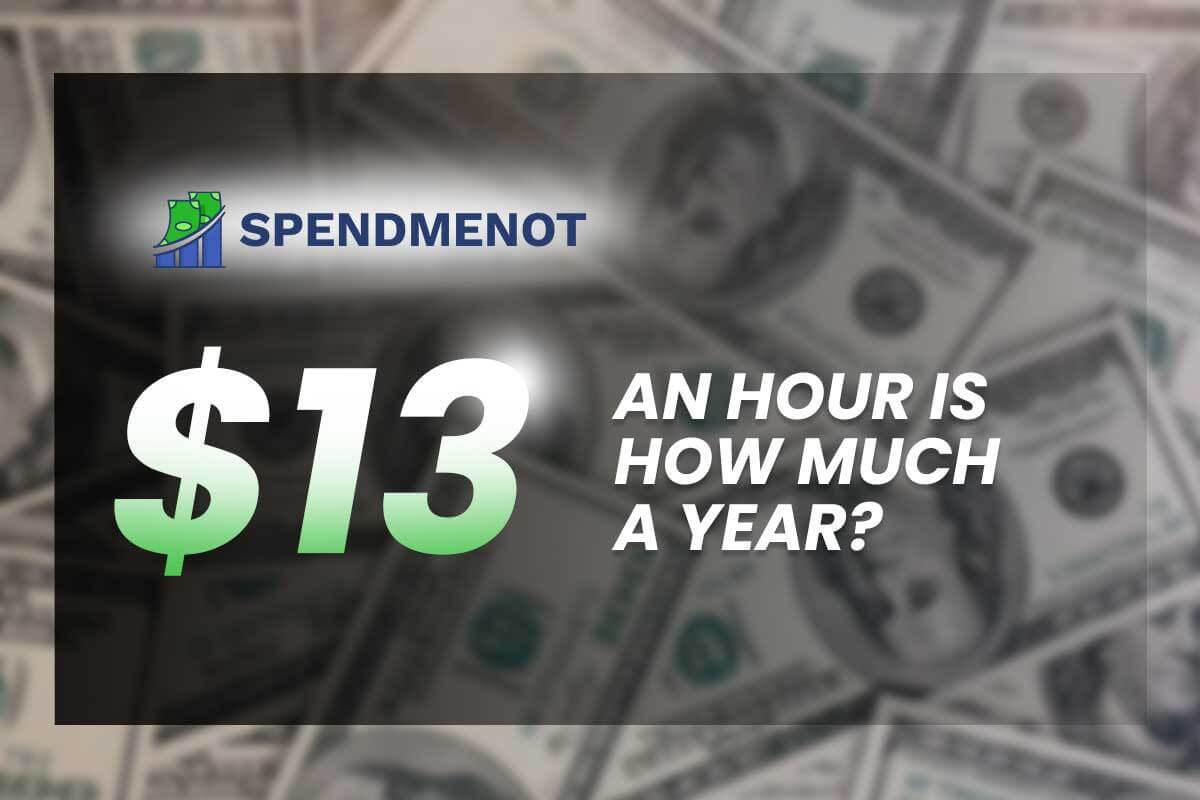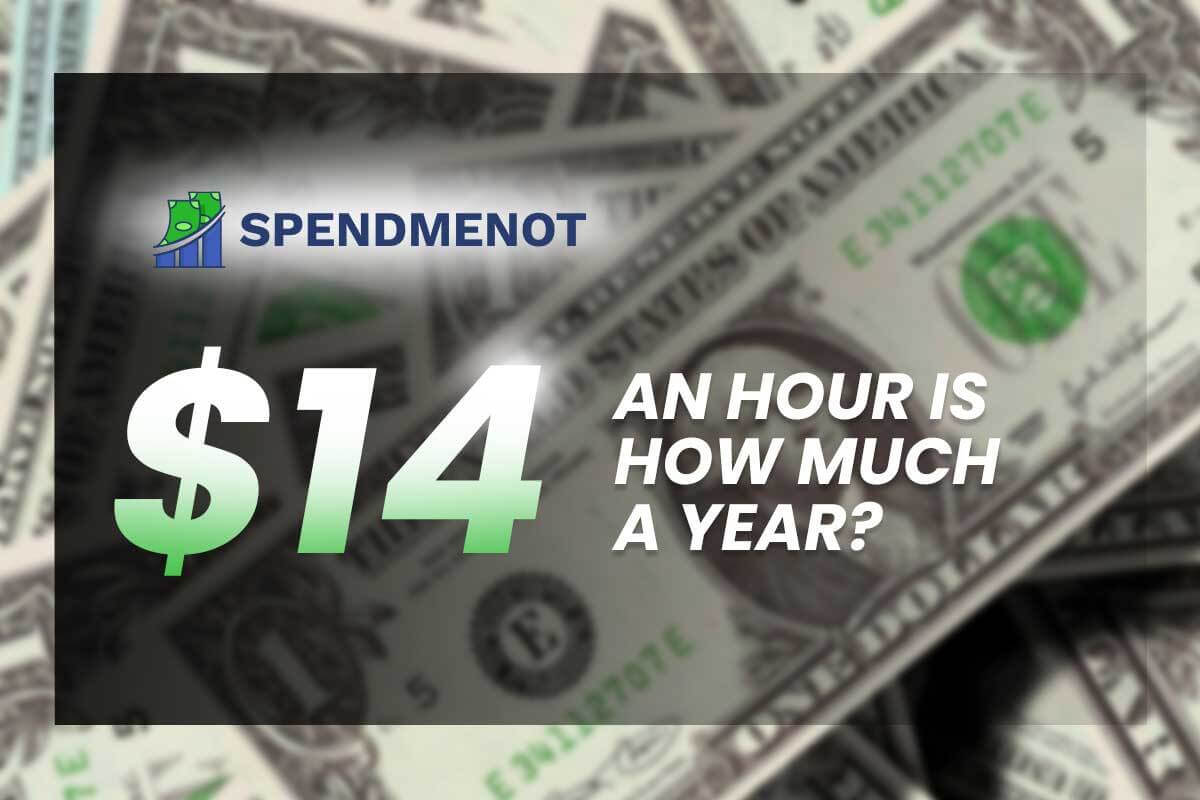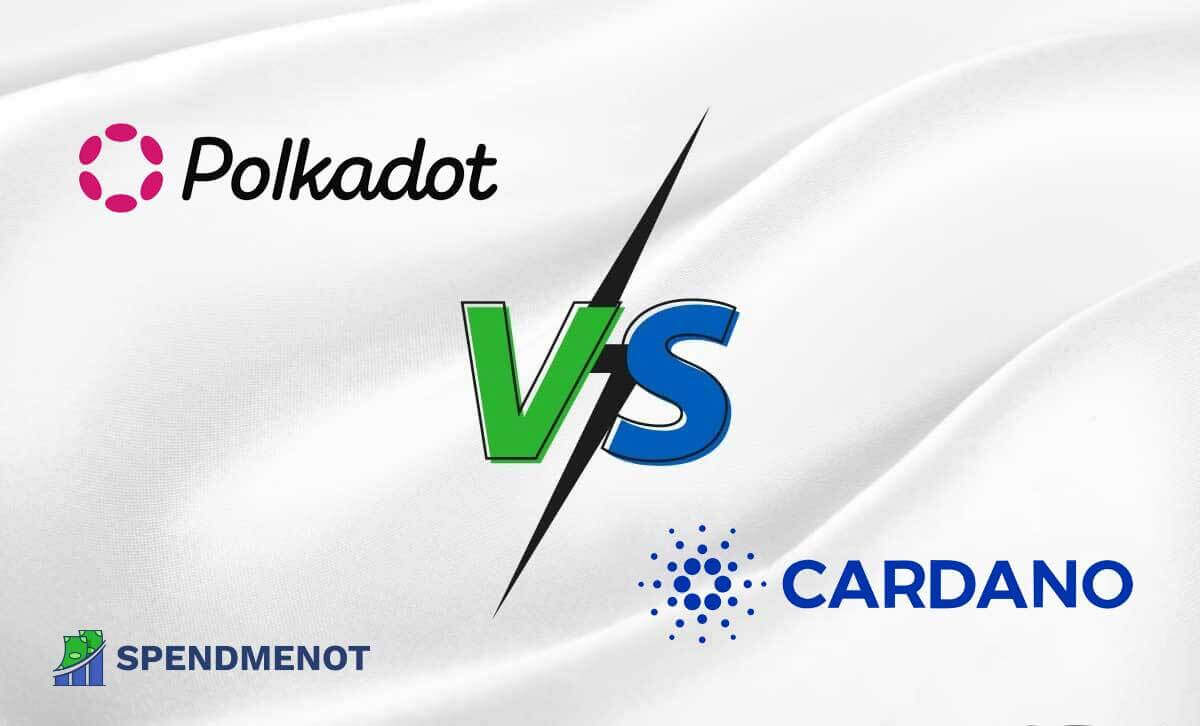How to Write a Check: Step-by-Step Instructions, Tips, and More
Are you wondering how to write a check? It’s not as difficult as you may think! In this blog post, we will give you step-by-step instructions, along with tips and advice on the best way to do it. We’ll also answer some frequently asked questions about checks and discuss the pros and cons of using them. So whether you’re just starting out or are looking for a refresher course, keep reading for everything you need to know about writing checks!
How to Write a Check: Step-by-Step Instructions
Here’s how to write a check, step-by-step:
- Begin by writing the date on the blank at the top right-hand corner of the check. Use the month/day/year format.
- The next line on the check, “Pay to the order of,” is where you write the name of the person or organization you’re paying.
- In the box to the right of the payee’s name, fill in the amount in dollars and cents using numbers.
- Beneath the recipient’s name, write out the amount of money you are paying in words, including the cents value. You can use a fraction, such as 50/100. If the amount is even, write the word “even” or “00/100”. For example, if you’re writing a check for $23.50, you would write “Twenty-Three Dollars and Fifty Cents” or “Twenty-three and 50/100”.
- Filling out the “Memo” field on the lower left is optional. There, you can add information about the payment and what it’s meant for. For instance: “February Rent Payment”.
- Finally, sign your name in the bottom right corner of the check. Be sure to use your legal name or signature exactly as it appears on your bank account.
Tips for Writing Checks
Here are a few tips to help you when writing checks:
- If you’re not sure about the recipient’s exact name, you can write “cash” in this field. Be aware, though, that this can be risky as anyone can cash such a check.
- Make sure the amount in numbers and words match. This will help to avoid any mistakes. If you write different amounts in the two payment fields, the amount you write out in words will be honored.
- When filling out the check, use a dark ink pen and make sure all information is correct. If there is an error on the check, it may not be processed.
- Keep a copy of each check you write, just in case there are any questions about its validity later on.
Security Tips: How to Avoid Fraud
When writing a check, it’s important to take some precautions to avoid fraud. Here are a few tips for keeping your checks safe:
- When filling out the amount in a numeric form, the numbers should be right up against the left-hand border of the dollar box to prevent fraud.
- When writing the amount in words, add a cap so the payee can’t add money.
- Don’t share your account information with anyone else. This includes your checking account number, routing number, and password.
- Don’t write your account information on the check itself. This makes it easy for someone to steal your identity and access your funds.
- Keep an eye on your bank statements regularly and report any unauthorized charges immediately.
- If your checkbook is lost or stolen, be sure to report it to your bank immediately.
Pros and Cons of Using Checks
There are both pros and cons to using checks as a payment method. Here are some of the most important ones:
Pros: Checks are widely accepted, easy to use, traceable, and safer to mail.
Cons: It can take longer for checks to clear than other forms of payment, there’s a risk of fraud, and checks can be easily lost or stolen.
The Bottom Line
Many people consider checks a thing from the past. Now, when there are credit and debit cards, mobile payment platforms, and electronic transfers, the younger generations don’t even know how to write a check. But this payment method offers unique advantages and could be a useful tool in your financial arsenal.
Refer to our step-by-step guide to ensure you’re doing it right, and scroll through the frequently asked question below for further clarity on the matter.
FAQ
A check is a type of draft, which is a written order from one person to another to pay money. Checks are used primarily for domestic payments, while drafts are more commonly used for international payments.
Yes, you can use your checking account to write checks online. Just be sure that you’re using a reputable site that’s been approved by your bank.
Your bank will usually provide an authorization code or hold amount on each check you try to write. This will let you know how much money is available in your account to cover the check.
Yes, it’s possible to overdraw your checking account if you have a check written, but this will usually result in extra fees from your bank. It’s best to avoid this by keeping track of how much money is in your account at all times.
If you lose your checkbook, you should contact your bank immediately and report the loss. You may also want to consider closing out that checking account and opening a new one.
If you need to stop payment on a check, you should contact your bank immediately. There may be a fee associated with this service, and it can take up to two weeks for the stop payment to go into effect.
A cashier’s check is a type of check that is guaranteed by the bank. This means that if the check is lost or stolen, the bank will reimburse you for any funds that are missing. Cashier’s checks are often used for large payments or when sending money overseas.
You can use your debit card instead of a check, but keep in mind that there may be some restrictions depending on where you are using it. For example, some merchants may not accept debit cards for purchases under a certain amount.
A personal check is used primarily for personal payments, while a business check can be used for both personal and business transactions. Business checks often have additional information, like the company’s logo or contact information, printed on them. If you know how to write a personal check, you won’t have any issues with a business one. The same rules apply.










